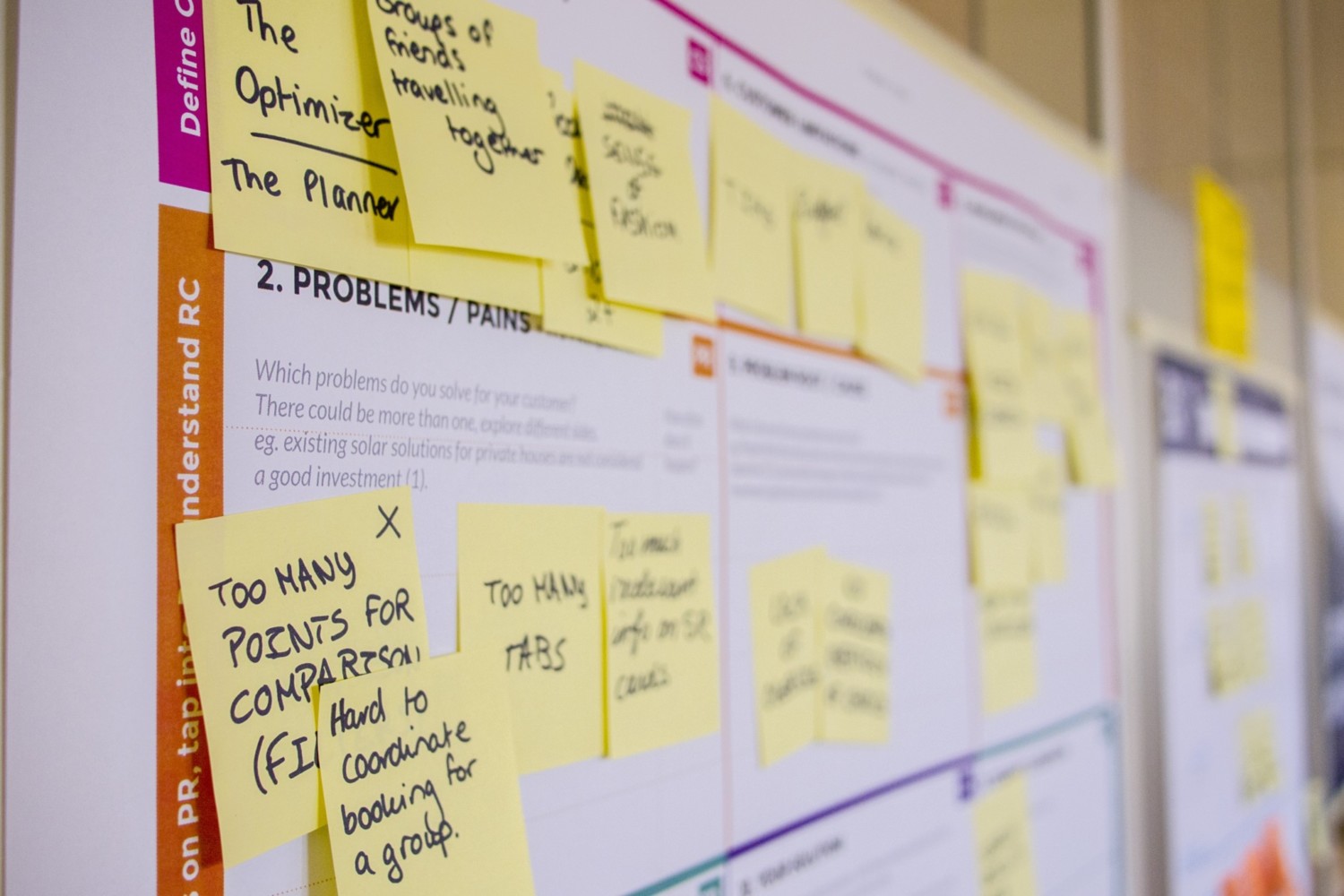In a guest column in City Matters, our Chief Strategic Coach, Adrian Stalham, discusses the less conventional barriers to change in the workplace. Check out Adrian’s thoughts below…

As customer and employee preference evolves, so does the business landscape. This means organisations need to change and innovate to stay relevant in the market and ahead of disruption. Continuous change is essential to business survival, but why then does it often fail to lift off the ground?
The issue. Us. The human element of change resistance.
We can, of course, examine the traditional reasons for this; people not feeling included in the process or simply a lack of understanding. But if we look from a non-traditional lens, when employees are fully engaged, but change is still a struggle – what gives? Let’s delve a little deeper into this…
As human beings, we are simple thinkers. Before I lose your attention, hear me out. We are programmed to fall back on our experiences – the things we’ve done before – or intuition – a belief system we don’t want to challenge – to make sense of a situation. It’s much simpler to say, “I’ve seen this before, therefore this must be the answer”, rather than “I’m unfamiliar with this, let’s explore a brand new way of approaching it”. And of course, this simplistic experience and intuition mindset is invaluable and important for solving simple problems, quickly. However, if we match this mindset to complex change, more often than not it doesn’t quite cut it.
Complex challenges generally need a new fresh perspective of thinking, not one we can necessarily pull from our experience or intuition – especially if it’s a challenge we may have never seen before. In response, relying solely on our experience or intuition prevents us from being accepting of new ideas, which creates a barrier that limits problem-solving. The result – resistance to change. So, how can businesses deal with this barrier?
It all comes down to the route taken and currently, there are three broad approaches to change: rational, coercion and normative.
Rational – “I tell, you listen, we do some comms and training.” This works well if the change articulated aligns to the recipient’s values and mental models. When it doesn’t, experience and intuition kick in to say….no thanks. This is the problem with ‘received wisdom’ from experts.
Coercion – “You will do this or else.” The threat of punishment can override experience and intuition, although not very effectively. The mindset is not changed, merely manipulated for a while. Not recommended as a strategy, but can occasionally be used as a tactic.
Normative – “I’m not here to tell you anything. I want to help you study the system in front of you.” Here the recipient discovers the dysfunction for themselves. This resets their mindset in a much more effective way and makes them more open to search out new, novel solutions.
At Sullivan & Stanley, we encounter lots of organisations applying a rational change approach and then struggling with resistance. Instead, businesses need to allow external knowledge to challenge the existing mindset and a normative approach to help facilitate it. By using this approach, it allows people to discover the real problems for themselves, then look for, and accept new solutions. As a result, the mental model and behaviours change; this is the secret sauce for managing change resistance. Once mastered, it opens up endless opportunities to innovate and transform products, services and even experiences, to help businesses stay ahead of the rapidly changing market conditions.
To join us on our journey and keep up-to-date with the latest news and opinions from the world of change and transformation, follow us on LinkedIn and Twitter.





































































